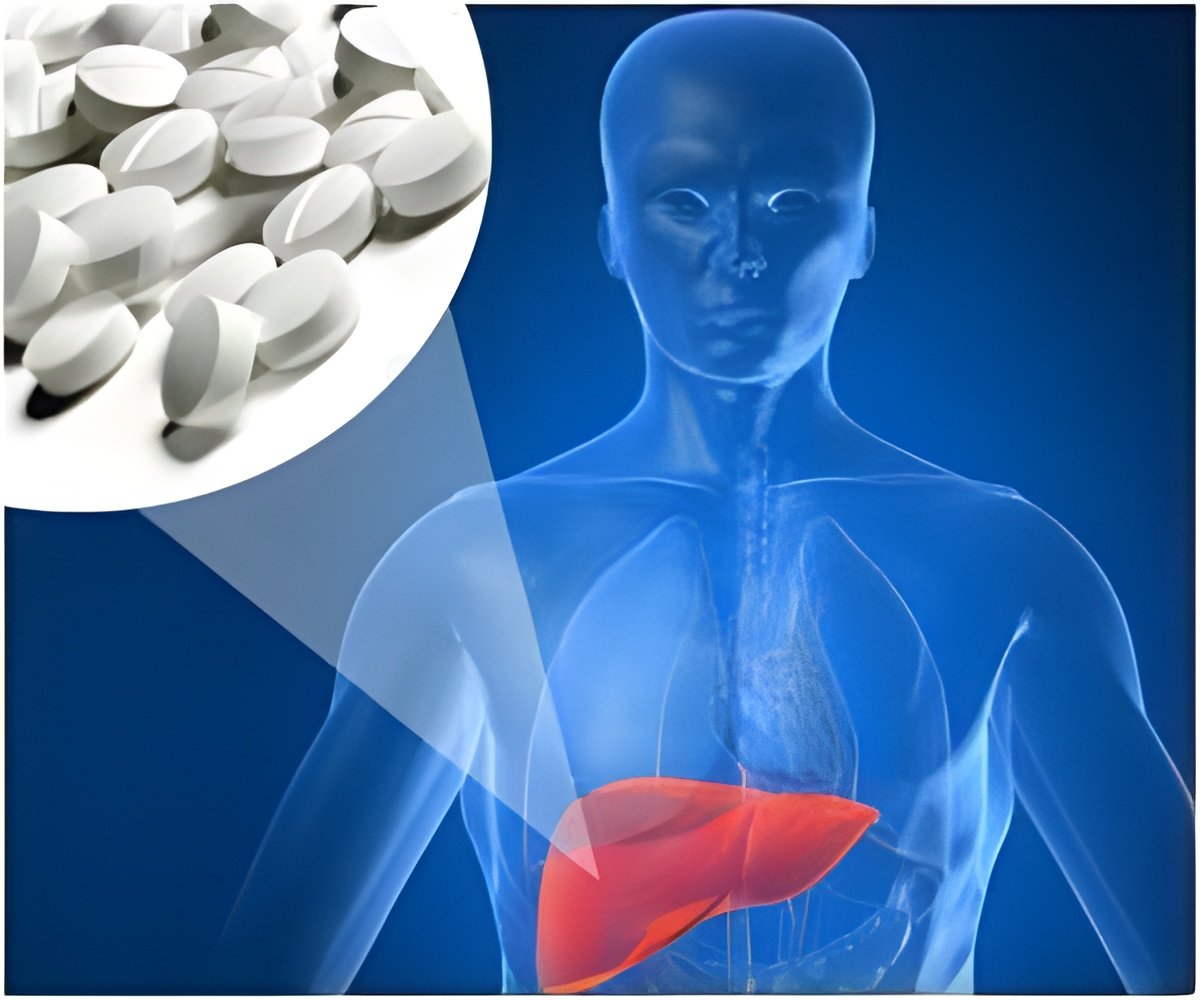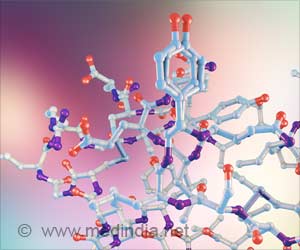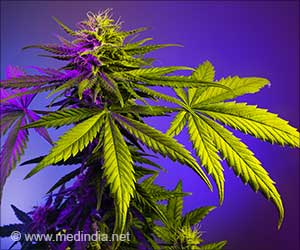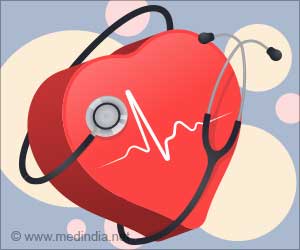NADPH oxidase (NOX) inhibitor therapy halts liver fibrosis in animal model of liver disease, say researchers.

Most chronic liver diseases are associated with progressive fibrosis, which is triggered by the loss of liver cells and the activation of inadequate wound healing pathways. In addition, oxidative stress – which results from an inappropriate balance between the production and clearance of highly reactive molecules involved in cell signaling called reactive oxidative species (ROS) – leads to aberrant tissue repair in the liver.
When the liver is injured – for example, through hepatitis or alcohol abuse –HSCs are activated to become myofibroblasts, cells which play a crucial role in wound healing and the body's response to inflammation by recruiting immune cells called macrophages to the injury site. This process, triggered by intracellular signalling pathways involving NOX, can result in an abundance of scarring and eventually result in the loss of organ function.
By inhibiting NOX, the researchers theorized that myofibroblast activation and macrophage recruitment could be interrupted, preventing further fibrosis and potentially allowing regression of established fibrosis.
They assessed the effectiveness of treatment with GKT137831 – a NOX1/4 inhibitor developed by Genkyotex SA of Geneva, Switzerland – in mouse models, and found that treatment with this NOX inhibitor suppressed ROS production, as well as NOX and fibrotic gene expression.
"These data highlight the excellent pharmacological properties of GKT137831 and the broad potential for its use in fibrotic diseases,'' said Patrick Page, chief development officer at Genkyotex and contributor to the study.
Advertisement
Source-Eurekalert















